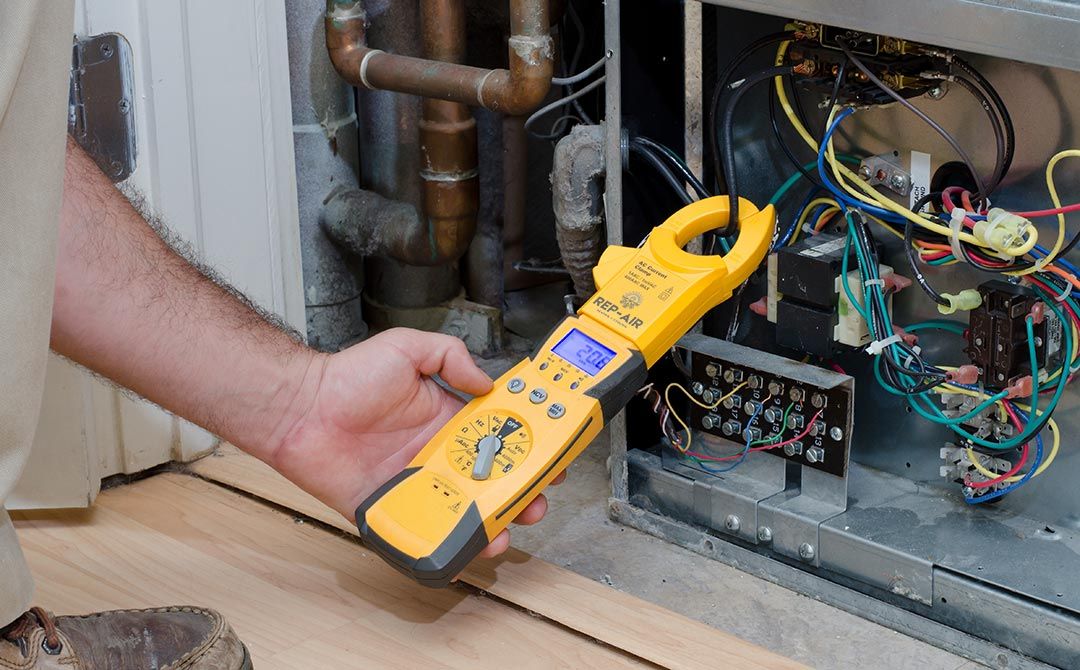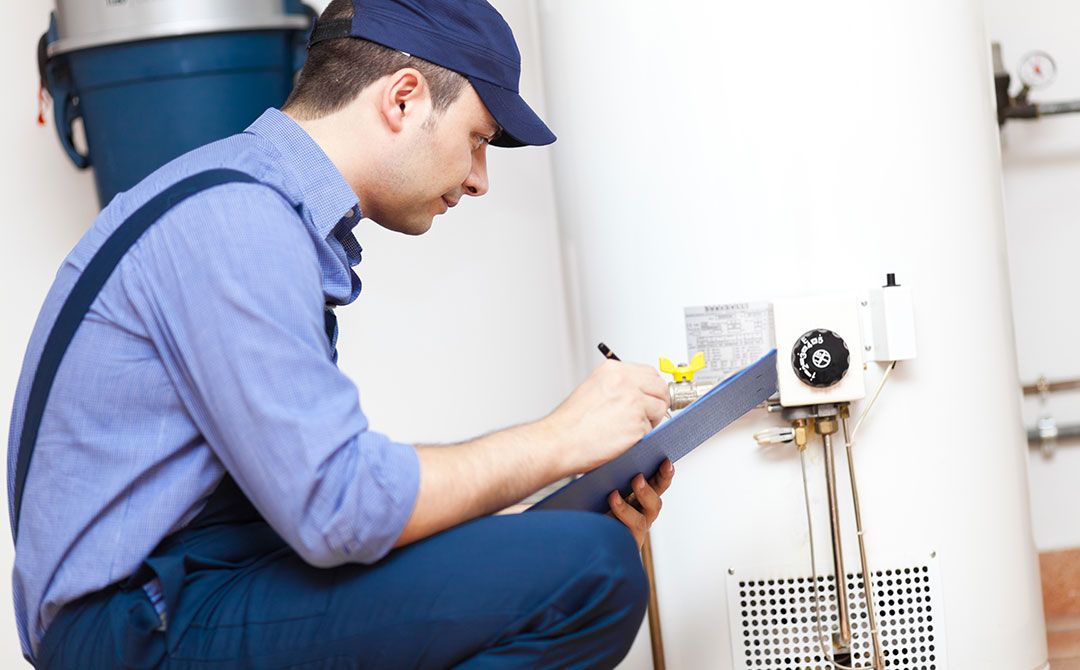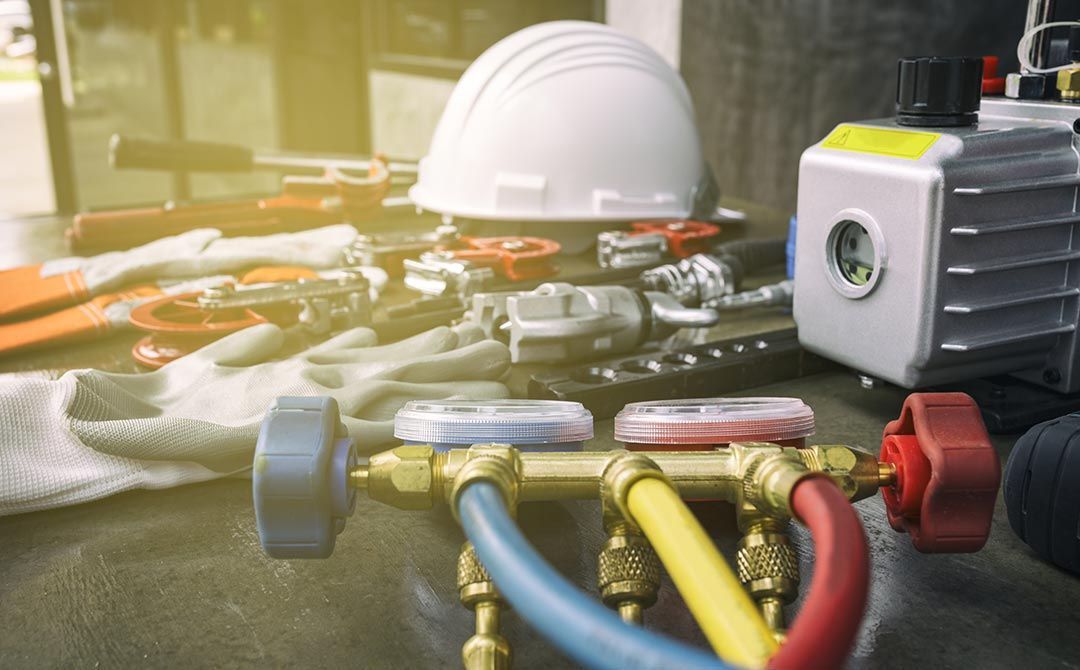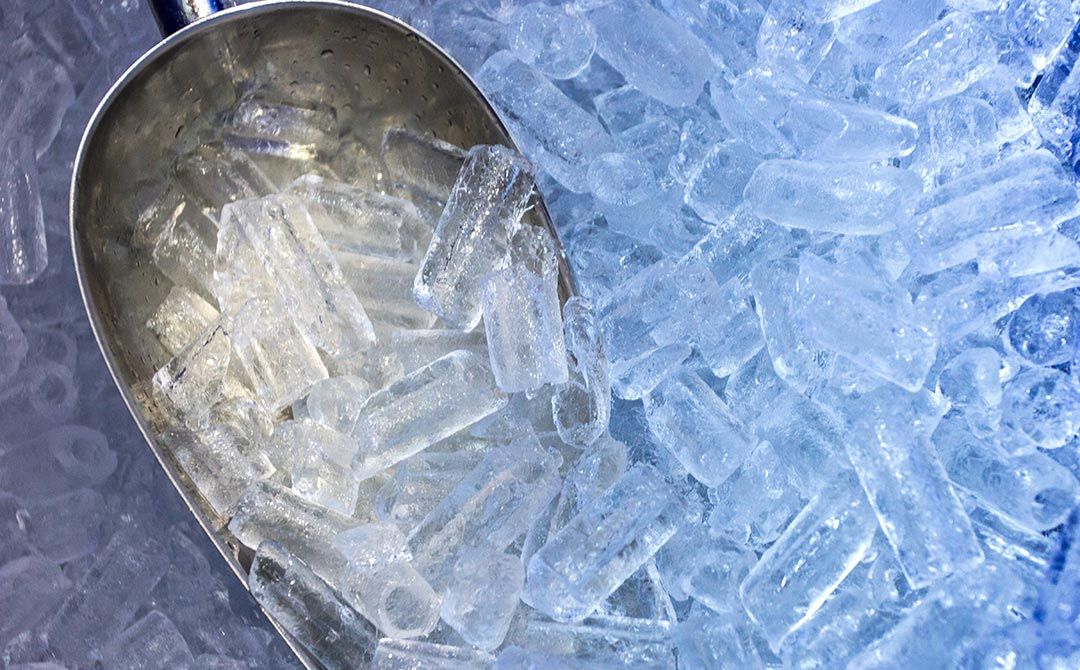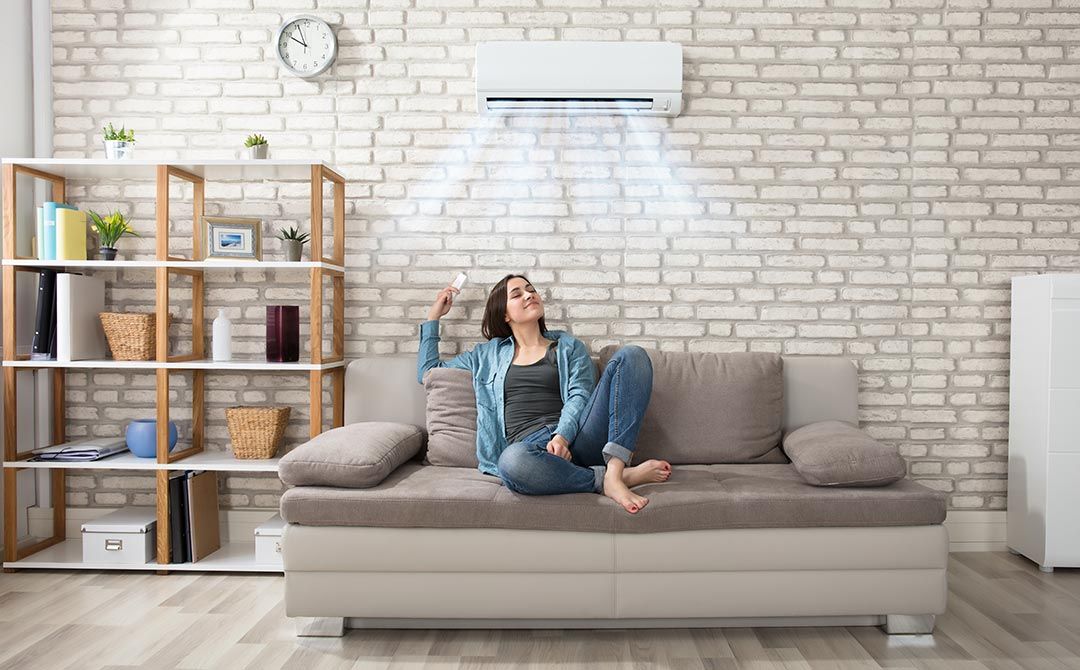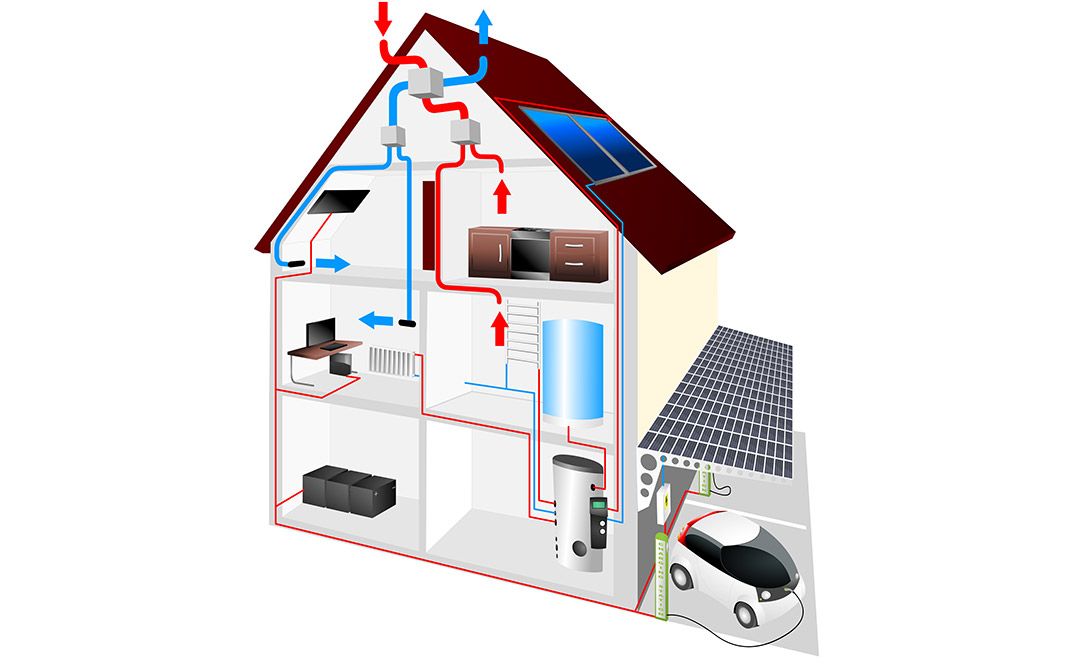Having hot water around can do a lot of things for us. We need hot water when it’s time to wash the dishes (usually with a dishwasher or by hand), take a shower and get cleaned up, or to help us mop up the floors and clean our clothes. We can’t live without water, which is why we really need to make sure we can keep using it without problems.
Still, it never occurred to you to maintain your water heater until you read the headline of this article, did it? Here’s how you can properly maintain this essential system so you don’t have to worry about it.
Step 1: Know Your Tanks
Proper maintenance will depend on the type of water heater that is currently installed. Do you have the classic hot water tank heater, which stores the heated water and disperses it throughout the building? Or do you have a tankless water heater, which only heats water when it’s necessary? Is your heater a condensing one, which uses exhaust gases to heat water with the gas burner? Or is yours a non-condensing one, where the exhaust gases are vented outside?
You don’t want to maintain your condensing, classic tank water heater the same way you would the opposite. That’s why we listed this part as step 1. Knowing the differences between these varying types of water heaters can help with the maintenance part.
Step 2: Clean the Outside
Like everything else you own, your hot water tank will need to be dusted and cleaned on the exterior in order to be kept in good shape. Keep an eye out for any leaks you may notice on the floor or surrounding the tank; this is usually the first sign of a problem needing fixing ASAP! If there are no leaks, proceed to use a vacuum cleaner to remove dust and debris from the floor as well as regular cleaning supplies to dust off the system’s exterior. Be gentle when dusting around the pipes and again, keep a sharp eye out for leaks.
Step 2: Adjust the Thermostat
The best temperature a water heater should be settled at is 48 degrees Celsius (120 degrees Fahrenheit). This is to make sure the hot water doesn’t scald you when it comes rushing out of the tap! Usually it is because of the thermostat that water can either be overheated or under-heated. That’s why checking this part, and making the proper adjustment if needed, should be your next step.
Step 3: Test the Pressure-Relief Valve
The pressure-relief valve is usually fixed on the side of the tank. Quickly discharge it about 2 to 3 times annually by lifting the valve handle and then letting it snap back. A burst of water should be released into the overflow drain pipe. After the test, keep a sharp eye out for any possible leaks coming from the valve. If a leak is spotted, call a professional to help fix it or get a new valve installed.
Step 4: Drain the Tank to Remove Sediment
You can either do this yourself or ask a technician to perform this task instead. We recommend going the route of professionalism since sediment buildup can create new problems (especially if you flush it the wrong way in the first place!).
To do it yourself, you will need to drain the tank. First, turn off the cold water supply. If your tank has a gas supply, switch that off before draining also (look for the gas pipe leading to the thermostat and pilot light and then turn the valve off). If you turn your thermostat to pilot mode however, then this step won’t be necessary.
Next, turn on one to two of the faucets in your home. Leave them on during the entire flushing process. Doing so will prevent a vacuum from forming in the pipes while the tank is being drained.
Next, hook up a garden hose to the tank’s drain valve, and then run the water into a heat-proof bucket until the water runs clear. If there is still cloudy water, open the water supply valve briefly to stir up any remaining sediment and then try to drain the tank again. Doing this will help keep the water in the tank clean as well as help the system run more quietly.
Flush out the tank by turning on the cold water spigot connecting to the hot water tank. Let it run for a few minutes until the water coming out of your hose runs clear and there is little to no sediment left.
You may also need to drain the tank entirely in order to clean the bottom or if there is too much sediment. Once it’s completely drained, clean the bottom of the tank to remove any lingering sediment. Turn the water supply back on in order to flush out the harder buildup.
This is a task that will only need to be done once a year. If you’d rather avoid a mess or don’t want to do it at all, then like we said, getting a technician’s help would be the best way to go. They can make cleanup easier (i.e. you won’t have to do it) and can identify any other underlying issues with your tank that may have gone unnoticed before.
Step 5: Check the Anode Rod
You only need to worry about this task every three years. The anode rod is an important piece of the system because it prevents the hot water from corroding inside the tank.
To check on the anode rod, remove the hex screw on the top of the tank. Use a screwdriver to loosen the hex screw before gently lifting the anode rod up and out of the tank (do not remove entirely!).
The core steel wire on the rod should not be exposed. The rod should be more than ½ inch thick and there should be no calcium buildup on it. If any of the aforementioned traits are present after all (calcium coating, exposed core steel wires, and less than ½ inch thickness), you will need to have the anode rod replaced.
Step 6: Insulate the Tank
Placing insulation on and around the tank can add longevity to the tank’s lifespan. It can also prevent condensation on the cold water pipe during the summer months.
Use 3/8-inch-thick foam to cover the pipes’ exterior; make sure the foam matches the pipe’s diameter. Slide the foam over the hot and cold water pipes as far as possible. If the pipe is less than 6 inches away from the flue, use a 1-inch-thick unfaced fiberglass pipe wrap to insulate it.
For the tank’s exterior, cut holes in the insulation blanket so that the temperature control, the valve, and the pipes stick out and are accessible. Wrap the insulation around the tank and seal with tape. Make sure you don’t accidentally cover up any gas or oil heaters on the tank. For electric heaters, cap it off with an oversized circle of insulation and tape the edge securely to the side of the tank.
Knowing When to Call for Help
While this article is specifically about how to maintain a hot water tank yourself, it’s important to know when it’s best left to a professional to do the work:
- The thermostat is faulty
- There’s no hot water, even after you’ve performed maintenance
- You need a more efficient heater installed in order to save money
- There’s too much sediment to flush out, or you don’t want to make a mess
- A leak has been discovered
- The tank is too old and a part needs to be replaced
At Rep-Air Heating And Cooling we provide our customers with many options that will best suit your needs from heating and cooling to refrigeration. Contact us today for your complimentary quote: 1-844-218-3362 or [email protected] and don’t forget to take a look at our website: https://www.repairheatingandcooling.com. Follow us on Facebook and Instagram for free giveaways!

